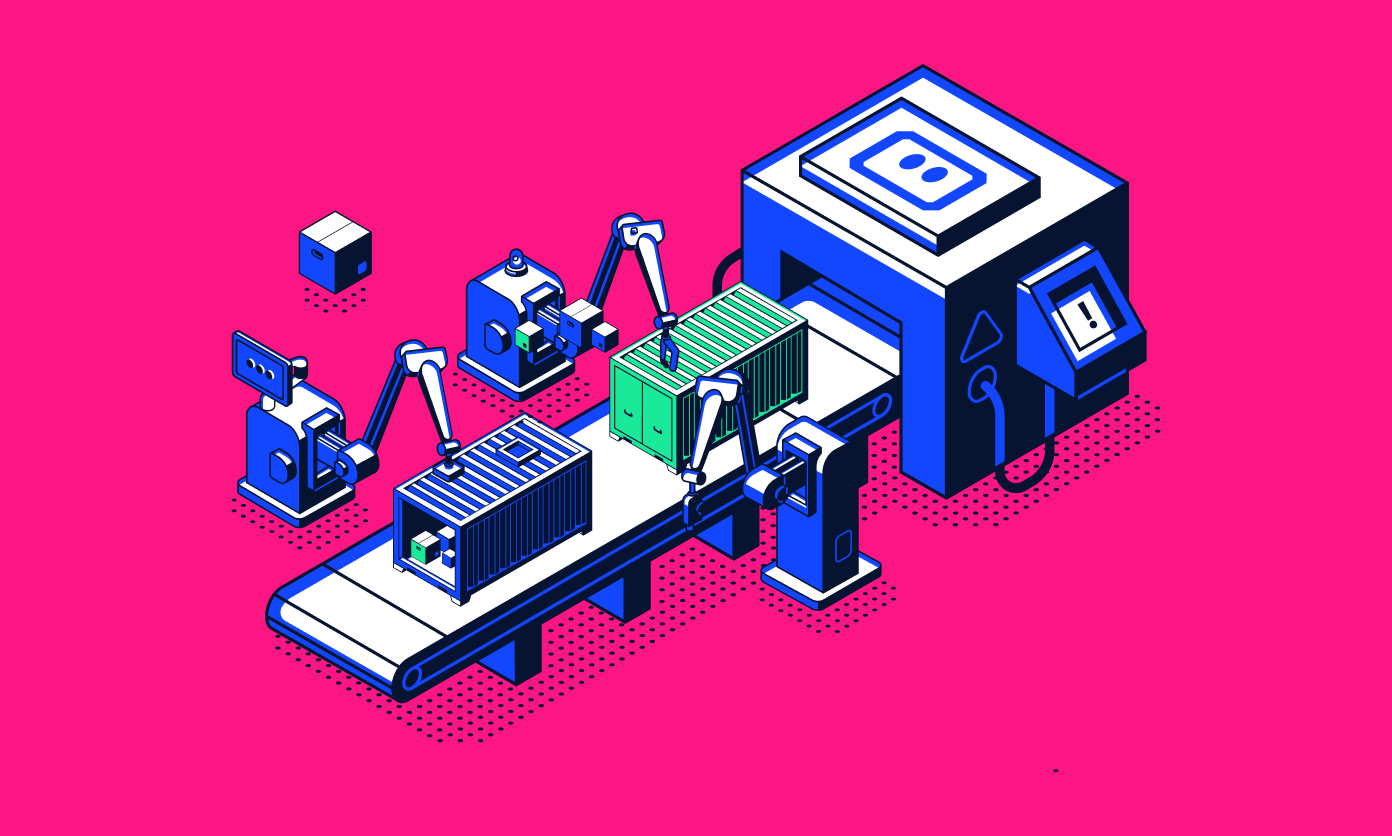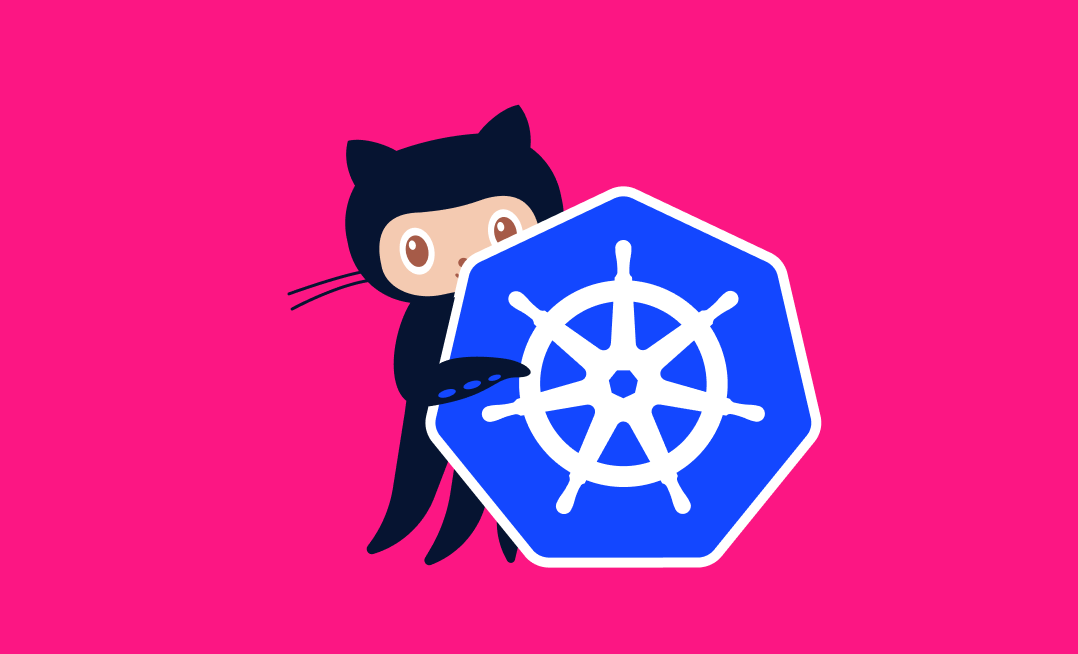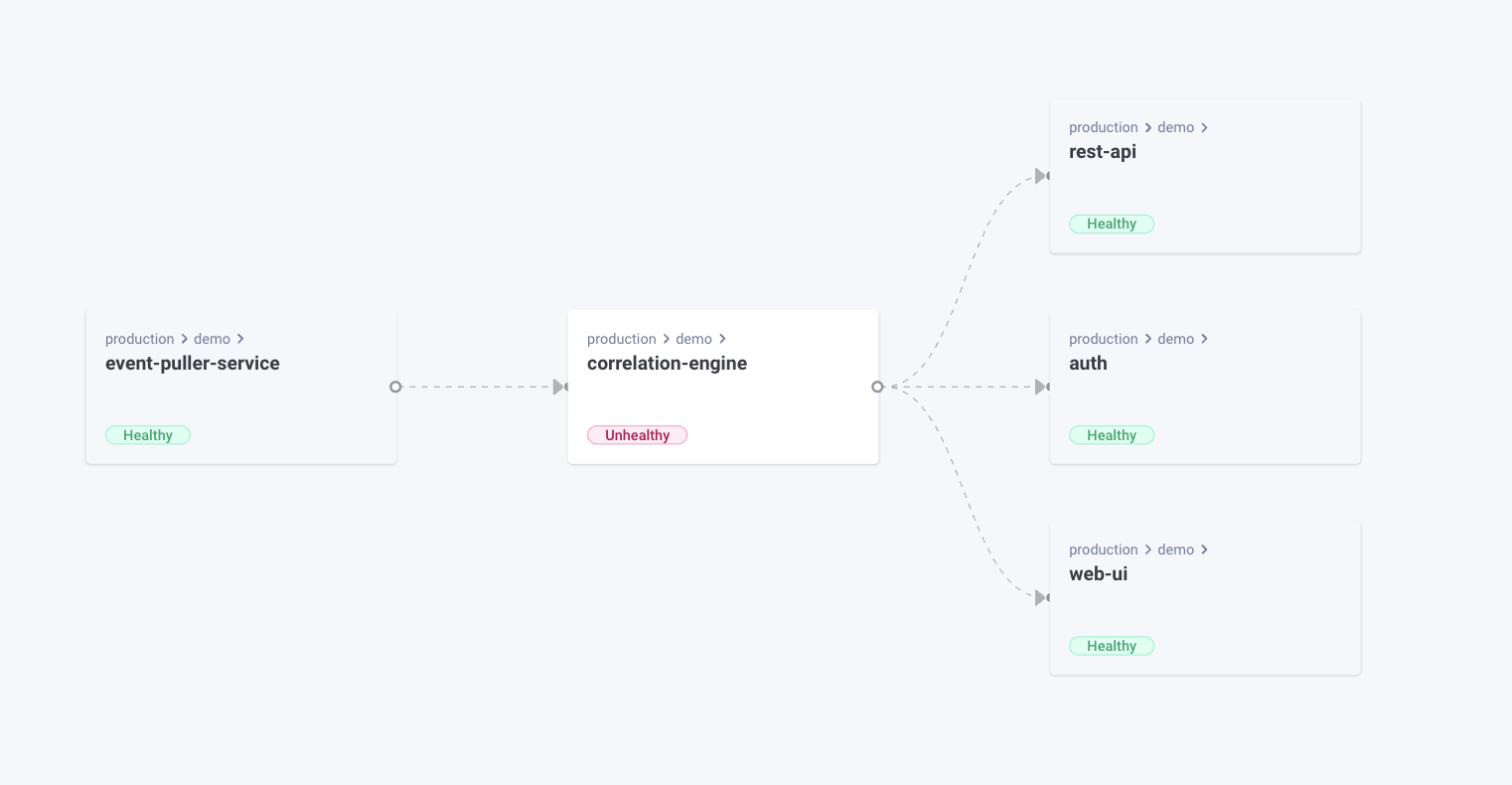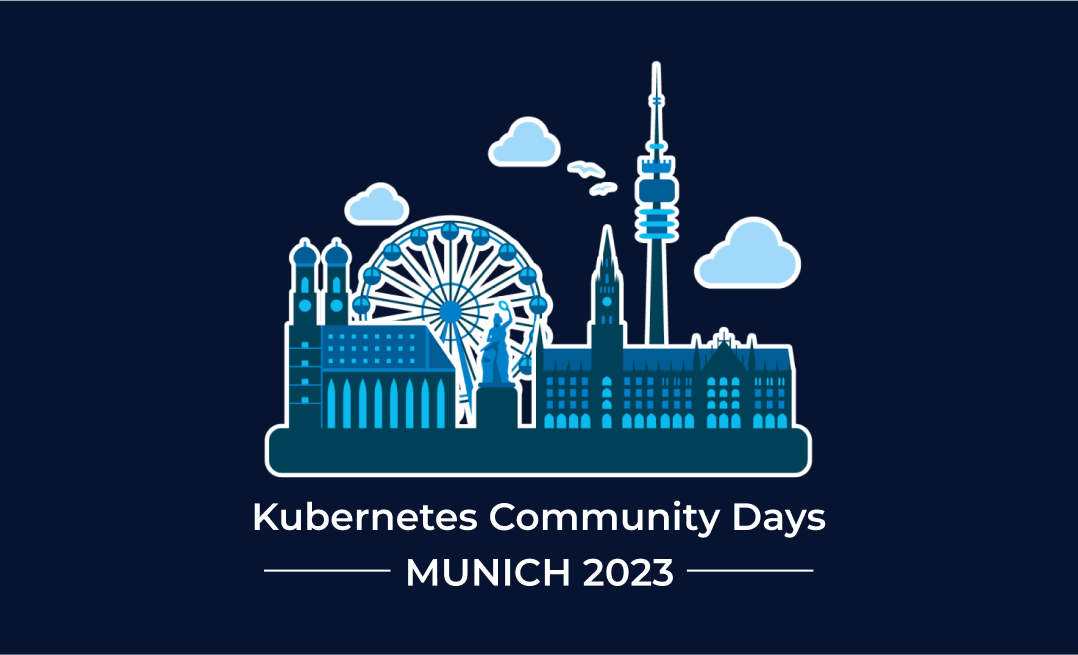Introducing our new, dev-first capabilities for holistic Kubernetes management
Exciting days for Komodor! As KubeCon + CloudNativeCon EU 2023 kicks off, we’re happy to share with the community our newest, developer-first set of capabilities. These new capabilities simplify the time-consuming, knowledge-intensive daily tasks associated with using Kubernetes as the underlying infrastructure for your applications. By doing so, Komodor empowers every developer to operate, troubleshoot and control Kubernetes applications through a single pane of glass.
Before we dive into these new capabilities and our vision, let’s take a step back and understand the context.
How We Got Here
The shift to digital transformation is not showing any signs of slowing down.
- The International Data Corporation (IDC) predicts Digital Transformation spending will reach $3.4 trillion in global spending by 2026.
- 74% of organizations have identified Digital Transformation as one of their top three priorities, and 65% say the same about cloud migration
Kubernetes has become the platform of choice for digital transformation, with 96% of cloud-native organizations using or evaluating Kubernetes, 89% of them in production. Organizations of all sizes choose Kubernetes for various reasons, but 73% of them chose the ability to deploy applications more quickly as the top benefit.
We launched Komodor in 2021 as a Kubernetes troubleshooting platform, offering a unified timeline and coherent view of events across the entire Kubernetes stack. Our change intelligence empowered companies like yours to confidently and easily detect, investigate, and remediate issues.
As Kubernetes matured, we listened to market needs and the growing challenges of our customers and community. We recognized that the Kubernetes challenge goes far beyond incident management.
To truly enable digital transformation through Kubernetes, the entire engineering org needs to navigate it with confidence. But when organizations try to fully utilize Kubernetes, they face new, unexpected day 2 challenges.
The Kubernetes Day 2 Challenge
We believe the Kubernetes challenge is threefold:
- Operations: Gaining and maintaining visibility across all of your resources requires a great deal of expertise. This challenge grows as the level of complexity increases – more clusters, nodes, multi-cloud, or a hybrid approach.
- Troubleshooting: Companies spend 3X more time troubleshooting, debugging, and handling incidents today, compared to when Komodor was founded. There are no best practices or industry standards. Understanding what happened, why, and what to do next can take days, or end without a clear resolution.
- Control: Security, compliance, and system disruption risks prevent companies from providing unlimited access to all clusters and environments. However, Kubernetes doesn’t make access control easy, nor does it enable simple audits of the actions taken.
There are many products already available in the market, but they are either too noisy for developers, or they focus on the current status.
- Focus on current status – offer a current snapshot without history, context, advice, or next steps. Therefore, they do not simplify troubleshooting or provide a holistic solution.
- Too noisy for developers – Require navigating through infinite data, multiple screens and additional capabilities developers don’t need. On top of that, you’ll usually need to dedicate countless hours to building, maintaining, and adjusting customized dashboards.
In most companies, only around 5% of the engineering org really gets Kubernetes, leaving the majority without the necessary skill set. In fact, limited in-house skills and manpower are mentioned as key challenges by 48% of companies.
Organizations invest countless dollars in inefficient training and tools added to the stack, but it is not yielding the expected results.
- Developers waste more than 25% of their time attempting to navigate Kubernetes, only to eventually escalate to ops & platform teams, feeling dependent, inefficient, and powerless.
- Meanwhile, 96% of Ops & Platform teams report wasting most of their time helping developers operate Kubernetes, when what they want to do – and were tasked with – is innovate.
In other words, instead of enabling developer velocity, Kubernetes creates bottlenecks and slows down the entire organization, the opposite of why Kubernetes was adopted! Our calculations reveal this inefficient status quo costs companies at least $27.5k per developer and $71.5k per ops engineer, annually. But the real costs of slowing down are much higher. According to Forrester’s Research, 75% declare their ability to compete is directly related to their ability to release quality software quickly.
Where Komodor Fits In
As time passed, it became clear that by extending Komodor’s contextual, opinionated, and intelligent approach to daily Kubernetes operations, Komodor provides a different kind of solution.
Our vision is to empower developers to successfully operate, run, and own what they’ve built—without having to know that Kubernetes is running under the hood or even what Kubernetes is.
Komodor’s developer-first, single pane of glass Kubernetes management platform will allow teams to:
- Independently manage their Kubernetes applications daily
- Automatically and efficiently detect, investigate, and remediate issues
- Easily define and track who can do what and where -finally making sense of the Kubernetes chaos
A Glimpse into Our Newest Features
Today, we’re proud to formally introduce some of the new capabilities we’ve developed to support daily Kubernetes operations and holistic management.
These include:
Our graphic UI for Kubernetes is now much more comprehensive, providing Integrated visibility across all resources. Immediately visualize, inspect, and search your resources and workloads across all environments, applications, clusters, and clouds. Check out the newest version of our pods screen below:
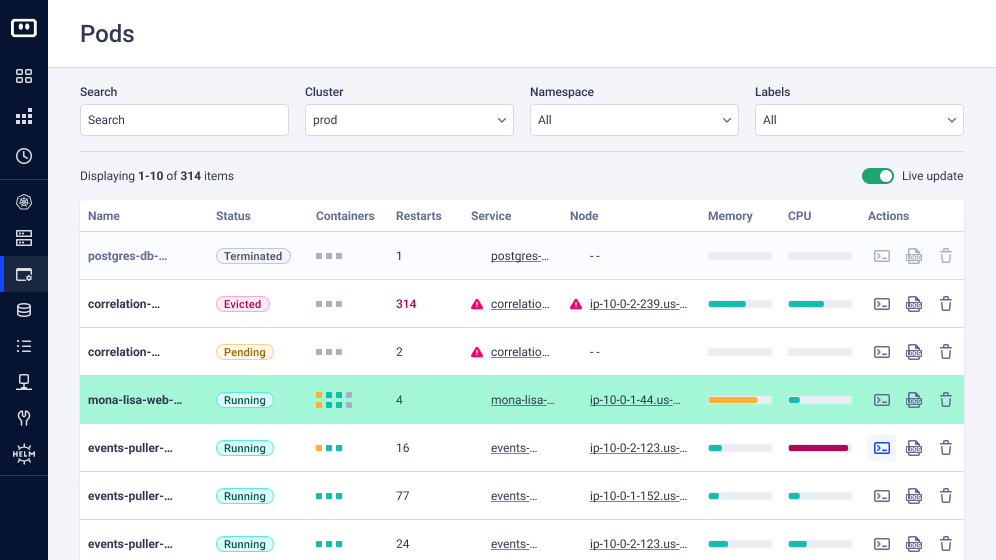
The ability to execute actions on your clusters, directly from the Komodor platform. Possible actions include editing your YAML, scaling, restarting, or deleting your service.
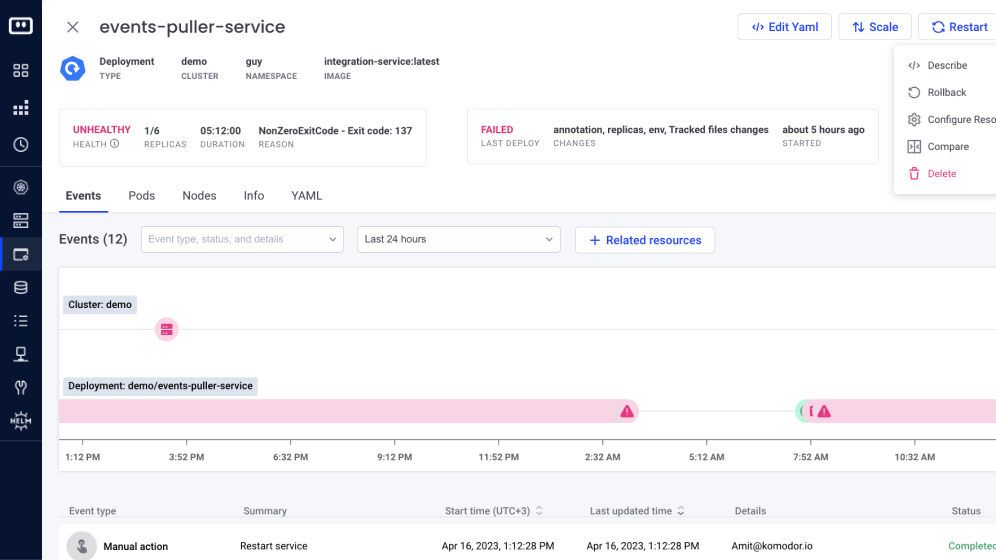
In addition, you can also fetch logs for your pods, or initiate a pod shell to run additional commands, debug, manage data, and perform maintenance tasks. This can all be done within the platform you know and love, and solves the context switch and hassle associated with turning to Kubectl or additional log solutions.
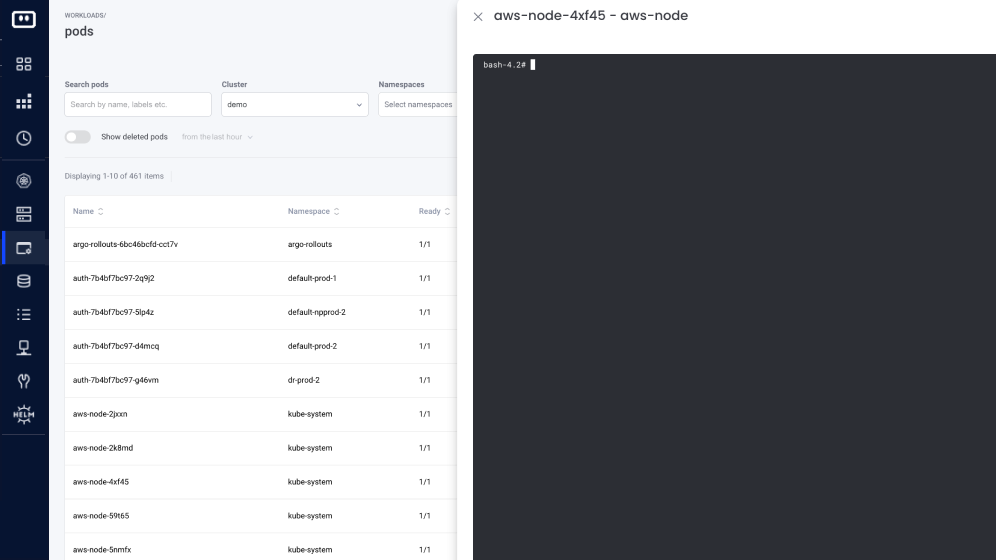
Extensive support for additional resources:
View your Custom Resources and their corresponding Kubernetes resources
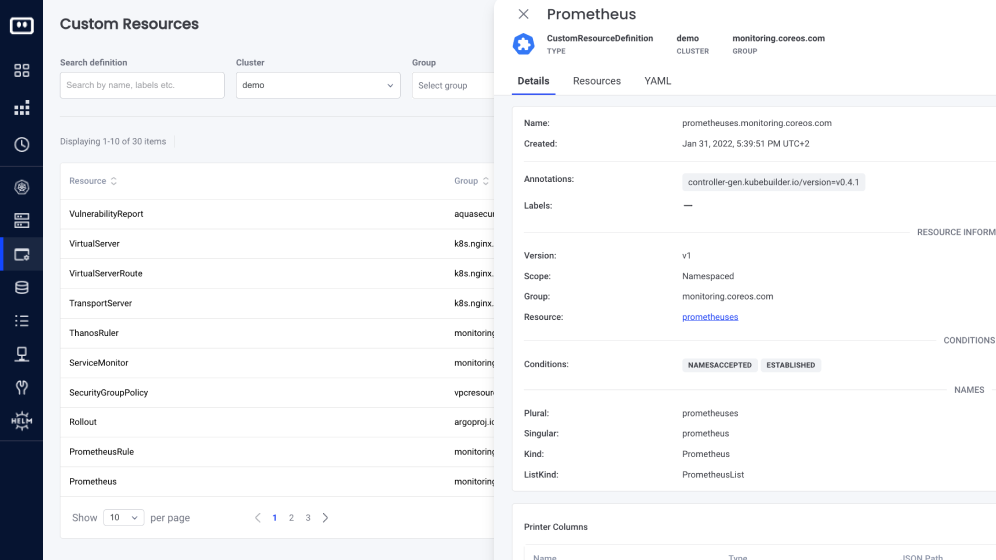
Manage your Helm Charts – We’re proud of our open-source project, Helm-Dashboard, and are happy to offer an extended, enterprise-grade version as an integral part of the Komodor platform.
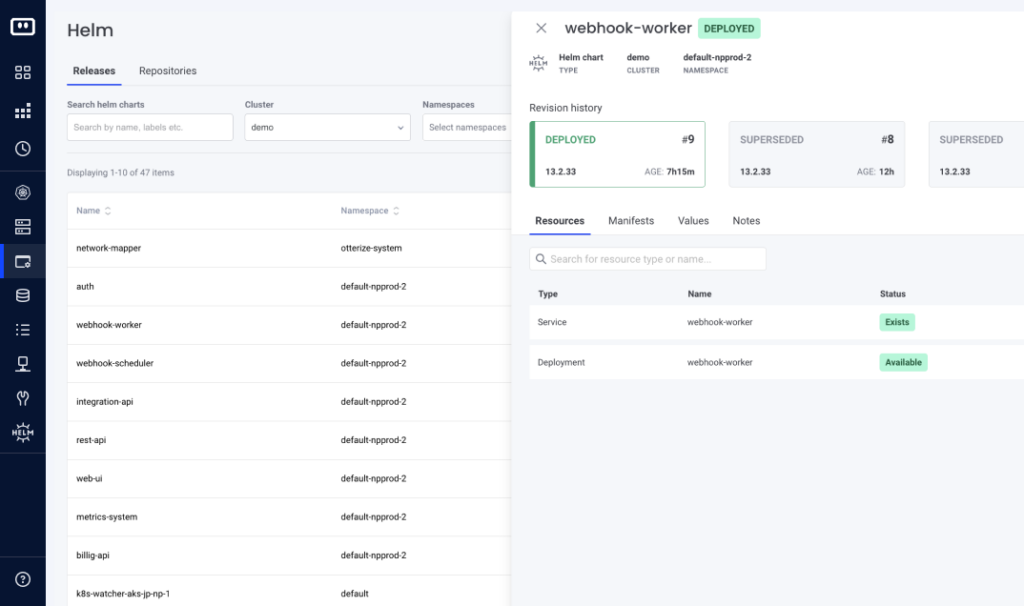
And finally, Komodor offers a centralized hub for application owners – Narrow down your Komodor view to see only what you care about and are responsible for. Avoid being overwhelmed with data. Gain actionable insights, understand trends and topology and quickly identify issues or risks.
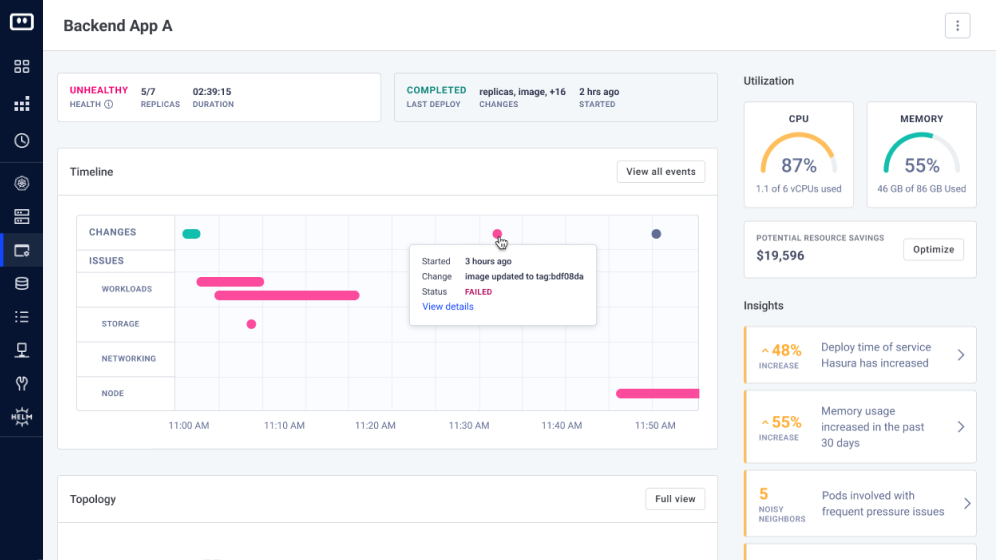
For the platform and ops teams reading this with concern, do not panic!
All of these capabilities are protected by Role-Based-Access-Control (RBAC) guardrails.
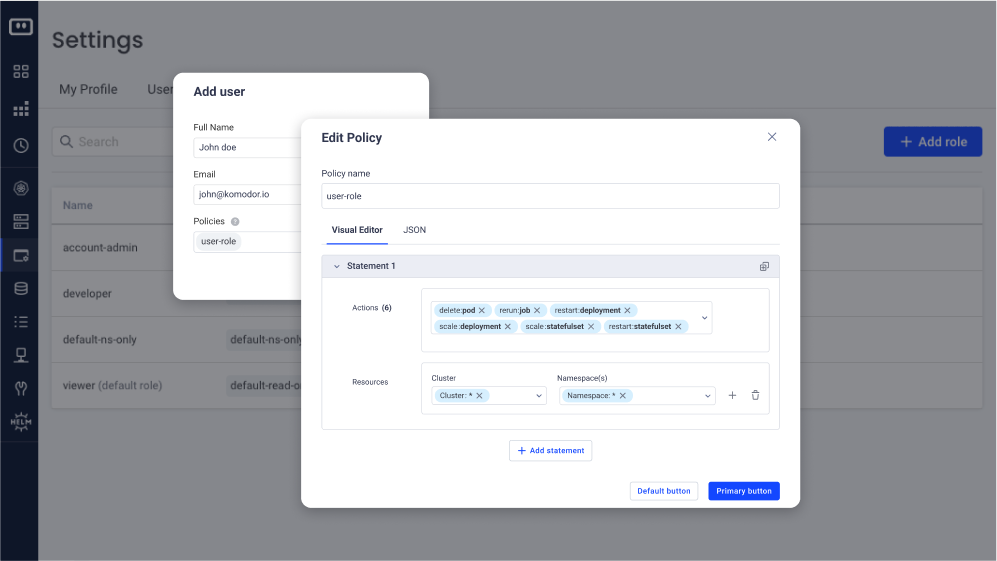
Komodor also provides a detailed audit trail by the user, event type, affected resources & status. This means that you can easily apply policies to ensure that you don’t lose control over your Kubernetes and production environment.
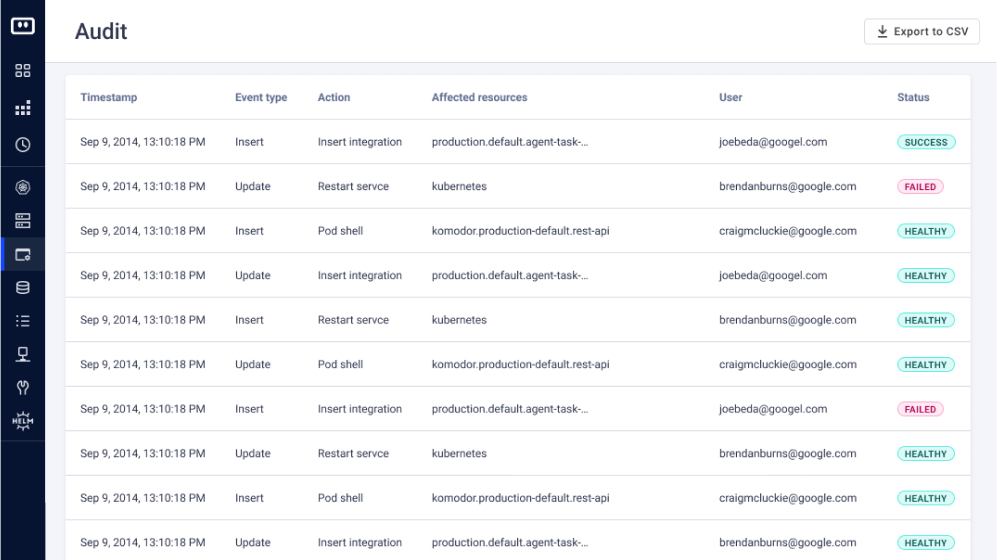
I could go on and on, but here’s the fun part – I don’t need to. You can simply try it for yourself!
What else is in store?
Our long-time partners gained early access to these capabilities and have worked with us to refine them based on their needs. Initial analysis shows that our customers have saved at least half of the costs associated with the current inefficient status quo, or $29k per ops engineer and $16.5k per developer, annually. But it’s not just about cost-saving. Our streamlined and simplified Kubernetes management platform has made the day-to-day of every Kubernetes practitioner so much better.
According to Ran Landau, CTO of SplitIt: “With Komodor’s new capabilities around Helm management and auditable actions, we can empower our developers and enable them to operate K8s independently, increasing end-to-end ownership, system security, and velocity.”
What’s Next?
We’re only getting started! Stay tuned as we have big plans to evolve our holistic Kubernetes management platform in 2023. We’re on a journey to democratize and simplify Kubernetes, making it accessible and easy for all humans.
You’re invited to join us and get started today!
